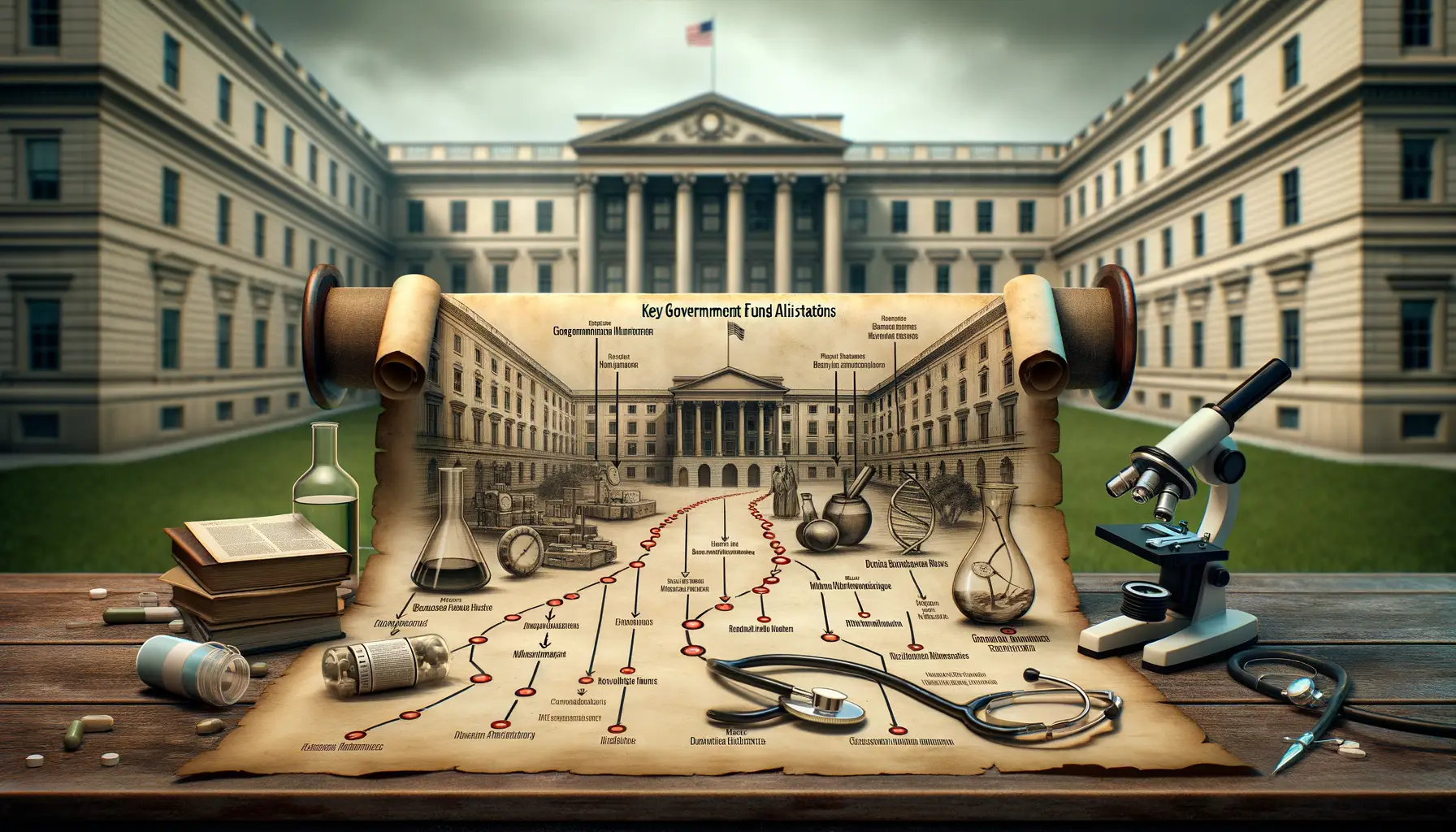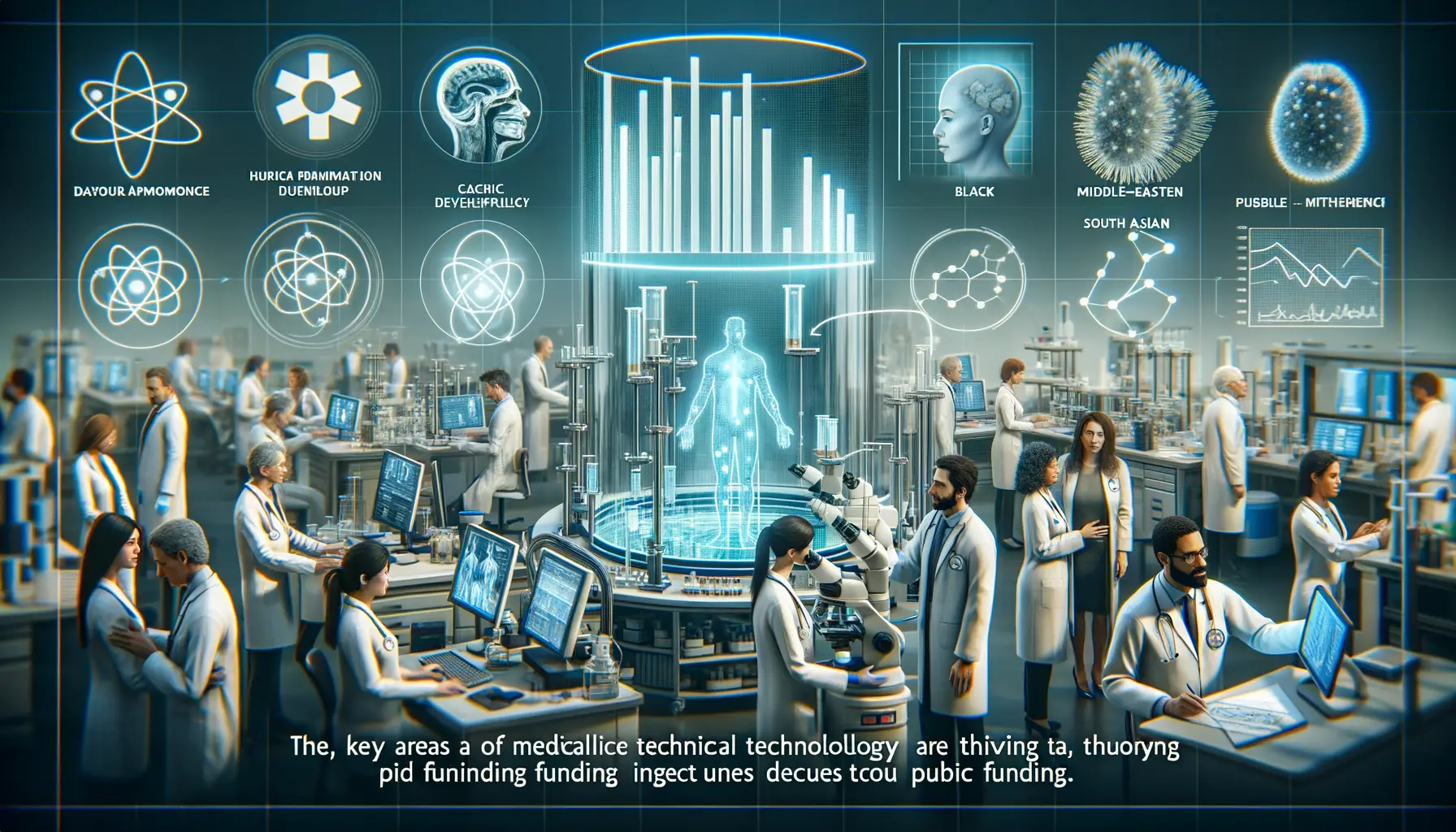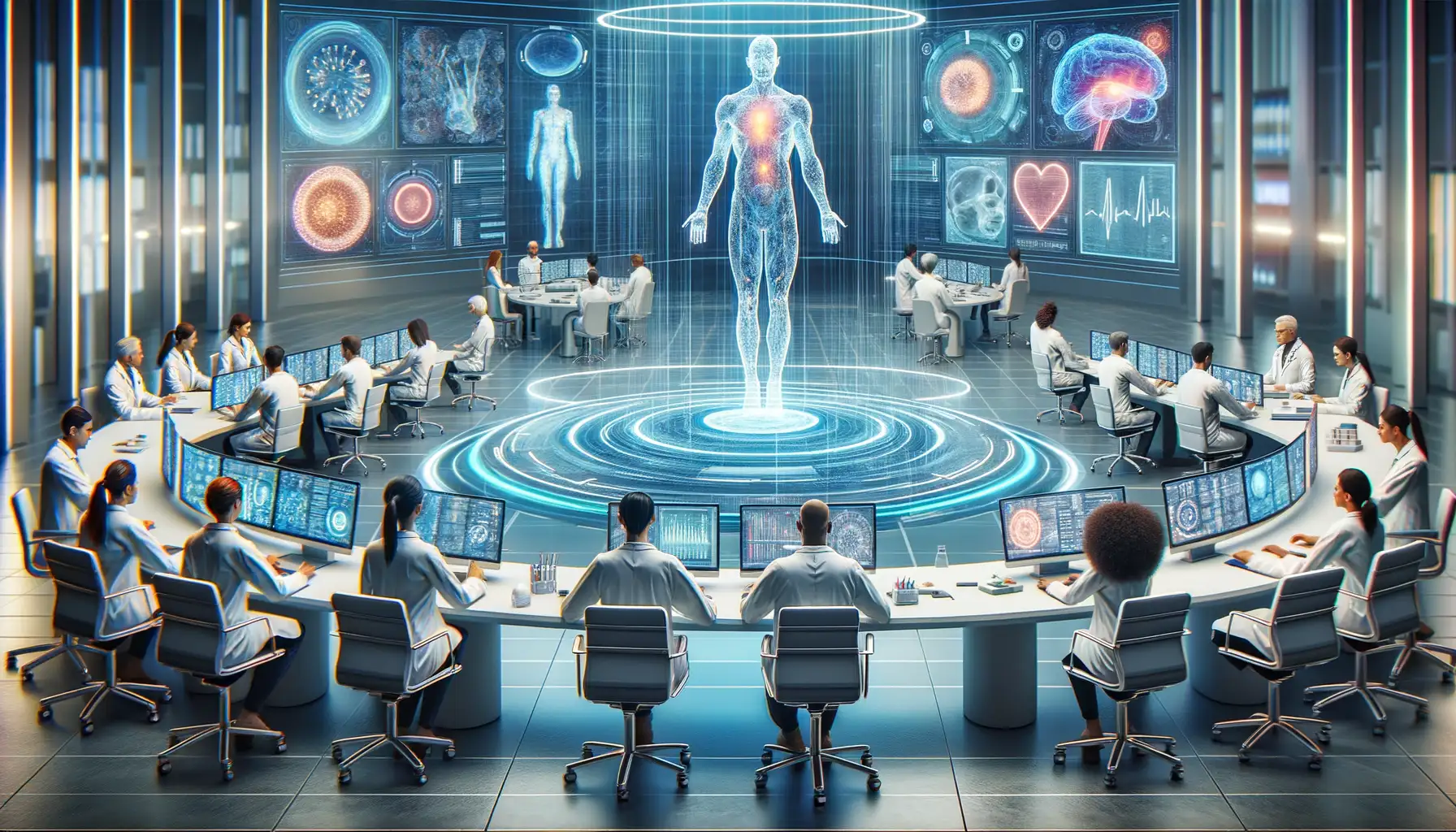Introduction to Government Funding in Medical Technology
How Government Funding Fuels Life-Changing Innovations
Imagine a world where life-saving technologies, like MRI machines or pacemakers, never made it out of brilliant minds and into our hospitals. Without a doubt, many of today’s medical miracles started in labs powered by government funding. But what does that really mean for you and me? It means your tax dollars are quietly working behind the scenes, helping scientists and innovators tackle diseases, develop cutting-edge treatments, and improve healthcare accessibility.
Think about the COVID-19 vaccines—those game changers wouldn’t have rolled out so quickly without public funding kickstarting research years before the pandemic hit. Governments don’t just fund projects; they provide scientists with room to explore the *”what-ifs”* without the constant worry of profitability. This is especially crucial in areas like rare disease treatments, where private investors rarely tread.
How does this funding impact everyday lives? Well, here’s where it gets personal:
- Faster development of diagnostic tools to catch illnesses early.
- Breakthroughs in robotics and AI improving surgical outcomes.
- Access to affordable medicine through subsidized innovation.
This partnership between governments and innovators reshapes healthcare, leaving a ripple effect on millions of lives worldwide.
Historical Impact of Government Investments on Medical Innovations

From Polio Vaccines to Groundbreaking Scanners: How Public Funding Shaped History
Imagine a time when polio paralyzed entire communities, leaving parents terrified for their children’s future. That world isn’t as far away as we might think. In the mid-20th century, it was *government-funded research* that fueled the race to develop the life-saving polio vaccine—an achievement that changed the course of history. This wasn’t just a lucky strike; it was a testament to what happens when public funding meets human ingenuity.
Fast forward a few decades, and you’ll find another revolutionary chapter: the invention of the MRI scanner. Yes, that incredible machine capable of peering into the body’s inner workings with surgical precision wouldn’t exist without early government grants. How many lives has it saved? The true number may be beyond calculation.
Other remarkable examples are etched in history too:
- Antibiotics, often heralded as “miracle drugs,” were accelerated through taxpayer-backed wartime programs.
- The mapping of the human genome—a vast government-funded effort—unlocked doors to personalized medicine.
These breakthroughs didn’t emerge from thin air or sheer willpower alone. They were powered by bold, targeted investments that dared to dream bigger for humanity.
Key Areas of Medical Technology Benefiting from Public Funding

The Game-Changers in Diagnostics and Treatment
When was the last time you thought about how accurate modern diagnostics have become? From detecting cancer in its earliest stages to pinpointing genetic disorders, these breakthroughs didn’t pop out of thin air—they’re often rooted in programs supported by public funding. Government resources empower researchers to dive deeper, explore riskier ideas, and push the boundaries of what’s possible. Take imaging technologies like MRI or CT scans. Today, they’re lifesaving staples of healthcare. A few decades ago? They were wild, futuristic experiments.
It’s not just diagnostics—treatment technology has surged ahead too. Think about life-saving devices like implantable pacemakers or insulin pumps. Many of these began as government-backed projects before private companies scaled them up. Public funding frequently lays the crucial groundwork for innovation that transforms lives.
Here’s where it gets even more exciting: new horizons include cutting-edge fields like robotic surgery systems or AI-enabled drug discovery tools. None of this could exist without that early boost from taxpayer dollars, fueling ideas that were once dismissed as too ambitious or impractical.
Personalized Medicine Takes Center Stage
Imagine a world where treatments are tailored to your unique genetic makeup, like a bespoke suit designed specifically for your body. Welcome to the marvel of personalized medicine, an area that thrives thanks to robust public investment. For example, the Human Genome Project—a massive undertaking made possible by government funding—helped unravel the secrets of our DNA. Today, this knowledge is unlocking therapies that treat disease at its root cause, not just its symptoms.
Public funding here doesn’t just benefit patients but also empowers researchers with tools to explore areas that private investors often avoid due to high-risk uncertainties. Areas like rare disease research, which wouldn’t get enough attention otherwise, have seen tremendous advancements.
Consider these real-world impacts fueled by public funding:
- Development of precision cancer treatments, targeting tumors based on genetic markers.
- Breakthroughs in CRISPR gene-editing technology that hold promise for curing hereditary diseases.
These incredible leaps forward remind us that behind every revolutionary treatment lies years of curiosity, trial, error—and public support that kept the dream alive.
Challenges and Controversies in Government Funding for Healthcare

When Priorities Clash: The Tug-of-War in Funding
Imagine you’re building a tower, brick by brick. Now, imagine someone taking a few bricks away just as you’re nearing the top. That’s what arguments around government healthcare funding often feel like—a balancing act where not everyone agrees on how tall the tower should be or who gets to climb it first. One of the biggest challenges? Deciding which projects deserve those precious dollars. Should we prioritize breakthrough cancer treatments? Or funnel funds into mental health technologies that some argue are long overdue? It’s like being asked to choose your favorite child—impossible and inherently controversial.
And then there are the power plays. Some critics believe big corporations may wield too much influence over which areas get funded, resulting in a system that sometimes chases profits instead of broader societal benefits. Meanwhile, public frustration brews when citizens see billions spent, yet still grapple with unaffordable medications or under-equipped local hospitals.
- Ethical dilemmas: Should life-saving innovations be driven by market forces or human need?
- Accountability conflicts: How do we ensure every cent lands where it truly matters?
What’s clear is that healthcare funding isn’t just about numbers—it’s a battlefield of competing visions, priorities, and moral questions.
Future Prospects of Government-Backed Medical Technology Advances

Unlocking Breakthroughs Beyond Our Wildest Imagination
Imagine a world where diseases like Alzheimer’s or cancer feel as distant as scurvy does to us today. That’s the breathtaking potential of government-backed medical technology advances in the future. With public funding acting as the heartbeat of innovation, we’re poised to see breakthroughs that could reshape how we live, heal, and thrive.
What could this look like? Consider these possibilities:
- AI-guided surgeries that operate with sub-millimeter precision, reducing recovery times dramatically.
- Next-gen vaccines tailored to your unique genetic blueprint, offering immunity designed just for you.
- Wearable devices that not only monitor vital signs but anticipate health crises before they happen.
This isn’t just science fiction—it’s within our reach if governments continue to fuel these advancements. By funding moonshot ideas, public backing ensures innovation isn’t restricted to profit-driven opportunities but extends to the collective good. Imagine rural hospitals equipped with cutting-edge tech or therapies affordable to all, not just the wealthy few.
The ripple effects? Longer, healthier lives and an economy bolstered by thriving populations. We’re standing at the precipice of a healthcare revolution—one that promises to change not just medicine, but humanity itself.
